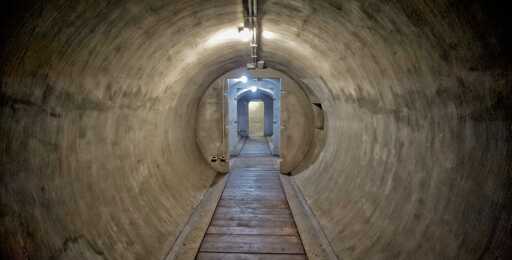Previously, a yield strength of 5,000 pounds per square inch (psi) was enough for concrete to be rated as “high strength,” with the best going up to 10,000 psi. The new UHPC can withstand 40,000 psi or more.
The greater strength is achieved by turning concrete into a composite material with the addition of steel or other fibers. These fibers hold the concrete together and prevent cracks from spreading throughout it, negating the brittleness. “Instead of getting a few large cracks in a concrete panel, you get lots of smaller cracks,” says Barnett. “The fibers give it more fracture energy.”



Sorry bud, you’re straight up wrong. Aerospace and defense in the US very much still uses the inch-pound-second system of units.
I’m not a concrete guy, but I know that metals and composites have material properties certified for use in civil and commercial aviation are given in psi in MMPDS and CMH-17. I would be willing to bet that concrete specifications in the US are no different.
I could keep going. Our bolts are specified in ultimate tensile strength by psi. Structural steel standards use minimum yield strengths in psi. There is literally a type of steel called A36 because its minimum required yield strength is 36,000 psi.
Yeah psi is a pretty common unit and trivial to swap between if SI is needed.
Arguments like above often show a lack of real world experience.